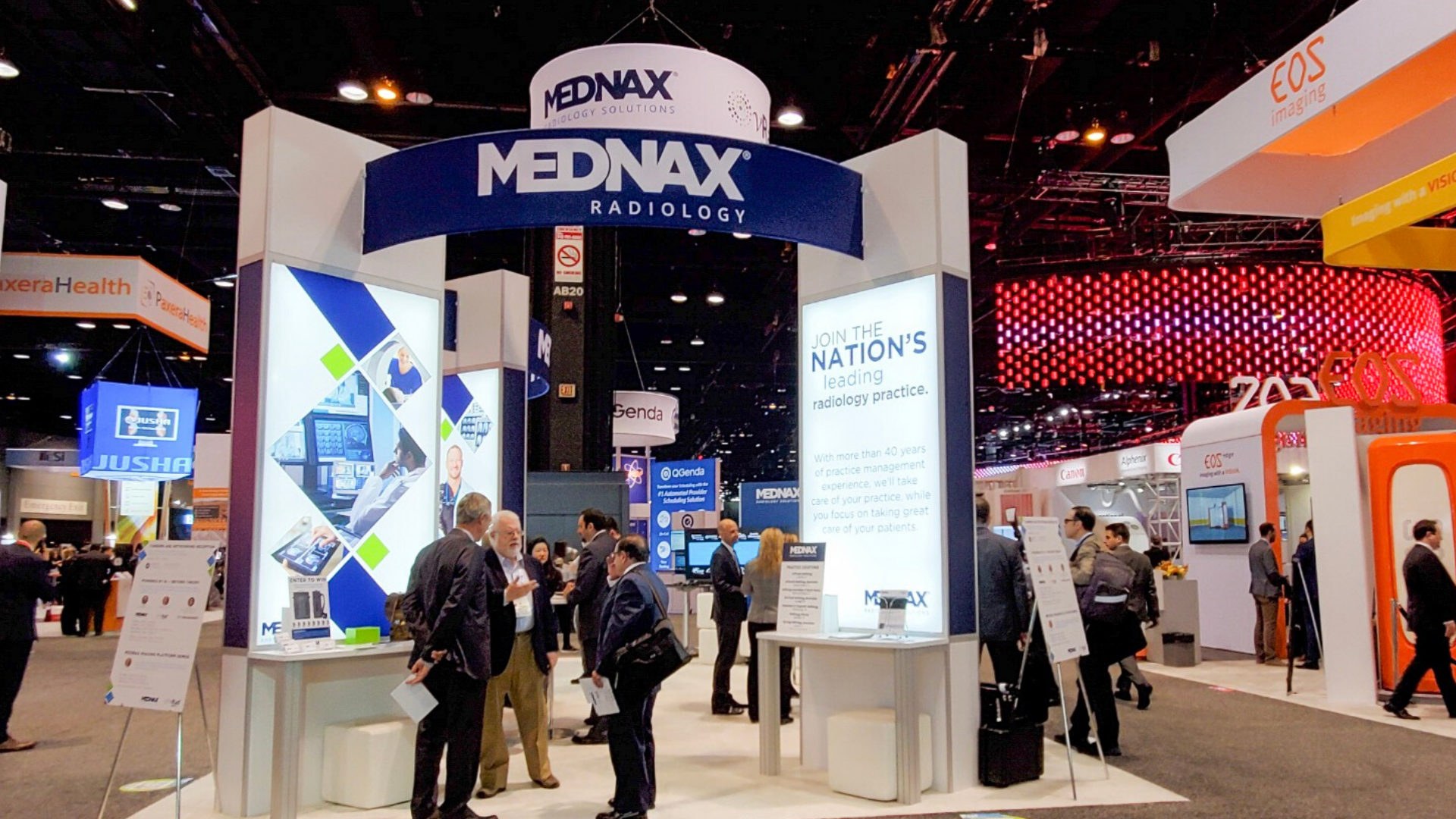Want to Get Paid Under AUC? A Qualified CDSM May Be Your Best Insurance
Effective collaboration with your referring physicians can make the difference between getting paid or not getting paid. Cooperation between...

Remote radiologist jobs with flexible schedules, equitable pay, and the most advanced reading platform. Discover teleradiology at vRad.

Radiologist well-being matters. Explore how vRad takes action to prevent burnout with expert-led, confidential support through our partnership with VITAL WorkLife. Helping radiologists thrive.

Visit the vRad Blog for radiologist experiences at vRad, career resources, and more.

vRad provides radiology residents and fellows free radiology education resources for ABR boards, noon lectures, and CME.

Teleradiology services leader since 2001. See how vRad AI is helping deliver faster, higher-quality care for 50,000+ critical patients each year.

Subspecialist care for the women in your community. 48-hour screenings. 1-hour diagnostics. Comprehensive compliance and inspection support.

vRad’s stroke protocol auto-assigns stroke cases to the top of all available radiologists’ worklists, with requirements to be read next.

vRad’s unique teleradiology workflow for trauma studies delivers consistently fast turnaround times—even during periods of high volume.

vRad’s Operations Center is the central hub that ensures imaging studies and communications are handled efficiently and swiftly.

vRad is delivering faster radiology turnaround times for 40,000+ critical patients annually, using four unique strategies, including AI.
.jpg?width=1024&height=576&name=vRad-High-Quality-Patient-Care-1024x576%20(1).jpg)
vRad is developing and using AI to improve radiology quality assurance and reduce medical malpractice risk.

Now you can power your practice with the same fully integrated technology and support ecosystem we use. The vRad Platform.

Since developing and launching our first model in 2015, vRad has been at the forefront of AI in radiology.

Since 2010, vRad Radiology Education has provided high-quality radiology CME. Open to all radiologists, these 15-minute online modules are a convenient way to stay up to date on practical radiology topics.

Join vRad’s annual spring CME conference featuring top speakers and practical radiology topics.

vRad provides radiology residents and fellows free radiology education resources for ABR boards, noon lectures, and CME.

Academically oriented radiologists love practicing at vRad too. Check out the research published by vRad radiologists and team members.

Learn how vRad revolutionized radiology and has been at the forefront of innovation since 2001.

%20(2).jpg?width=1008&height=755&name=Copy%20of%20Mega%20Nav%20Images%202025%20(1008%20x%20755%20px)%20(2).jpg)

Visit the vRad blog for radiologist experiences at vRad, career resources, and more.


Explore our practice’s reading platform, breast imaging program, AI, and more. Plus, hear from vRad radiologists about what it’s like to practice at vRad.

Ready to be part of something meaningful? Explore team member careers at vRad.
3 min read
 Serena Sardo
:
March 7, 2022
Serena Sardo
:
March 7, 2022
-1.png)
One of the cornerstones of the Protecting Access to Medicare Act of 2014 was the development of an appropriate use criteria (AUC) program that requires doctors to consult a qualified clinical decision support mechanism (qCDSM) when ordering advanced imaging services for Medicare patients. As many in the revenue cycle management (RCM) world already know, CMS was scheduled to start penalizing providers who don’t participate in the AUC program on Jan. 1, 2022. The COVID-19 pandemic, however, led to such actions being delayed until 2023 at the earliest.
The latest CMS data suggest that preparation for AUC has been slow going for many healthcare providers. Consider, for example, that just 9% of CY2020 claims subject to AUC policies were submitted with enough relevant data. The delay in AUC penalties represents a significant opportunity for providers to integrate, educate and test AUC workflows to ensure as little disruption as possible takes place when the payment penalty phase officially (eventually) goes into effect.
Now would be the perfect time to ensure your RCM and integration teams are up to date on the latest CMS policies. Read below for six important takeaways from the CY2022 Final Rule that everyone in RCM should know and understand.
1. Modifying imaging orders
CMS stated clearly in its final rule that modifying orders for advanced imaging services do not require a new consult and those claims should be appended with the original consult data.
Claims may need to be submitted separately when multiple orders for advanced imaging are obtained for a single patient encounter. CMS addressed in its final rule that furnishing professionals will need to submit claims separately when AUC data pertains to more than one referring/ordering National Provider Identifier (NPI).
The only exception to this rule is for claims filed on form 837P.
CMS has clarified in the CY2022 final rule that exception and hardship modifiers should not be used on imaging orders for clinical trials, new physicians, low-volume facilities, second opinions or by using attestation. Instead, the ordering professional will need to consult their qCDSM on a case-by-case basis. The current list of applicable exception and hardship modifiers can be found on the CMS MLN Matters Number: MM11268. For example, cases affected by extreme and uncontrollable circumstances should use an MD modifier for each order effected. Even in prolonged instances, CMS has stated attesting a specific time frame for these scenarios is not valid.
One of the biggest challenges CMS will face when implementing its AUC program is the evaluation of alternative payment and service delivery models. The Maryland Total Cost of Care Model, for instance, sets a limit on Medicare costs for all providers in the state of Maryland, with a goal of saving more than $1 billion in healthcare costs by its fifth year. Critical access hospitals, on the other hand, are exempt from the AUC program altogether, adding additional complications for CMS.
The agency hopes to organize these alternative scenarios by using CMS certification numbers on each claim as opposed to using modifier MH as originally considered. When filing claims for either one of these models, make sure you use the correct bill; AUC edits will be applied to bill type 13X, the same one used for traditional outpatient claims.
The industry had hoped it could bypass denials by continuing to use the MH modifier when it is unclear if an ordering professional consulted their qCDSM, and the QQ modifier when it is unclear if the ordering professional’s requested imaging adheres to the qCDSM. However, CMS has stated it will sunset modifiers MH and QQ once financial penalties go into effect.
With this in mind, it will be imperative that front-end staff are trained to reach out and obtain any missing AUC data prior to imaging to avoid financial penalties.
Once penalties are live, CMS says it will not automatically deny claims that do not satisfy AUC requirements; instead, such claims will be returned for an immediate correction. It’s yet another reason why providers, especially RCM specialists, need to make sure they understand the ins and outs of this formidable new policy. If at first you don’t succeed, you will be asked to try (and try) again.
If you are a current vRad client and would like to discuss your integration options with vRad in preparation for AUC, please contact chelsea.hunt@vrad.com.

Effective collaboration with your referring physicians can make the difference between getting paid or not getting paid. Cooperation between...

For the latest information on vRad’s Artificial Intelligence program please visit vrad.com/radiology-services/radiology-ai/ More than 50,000...
.png)
Compensation is one of the most important factors when considering your next career move. You should never have to wonder what you’re earning or how...
vRad (Virtual Radiologic) is a national radiology practice combining clinical excellence with cutting-edge technology development. Each year, we bring exceptional radiology care to millions of patients and empower healthcare providers with technology-driven solutions.
Non-Clinical Inquiries (Total Free):
800.737.0610
Outside U.S.:
011.1.952.595.1111
3600 Minnesota Drive, Suite 800
Edina, MN 55435